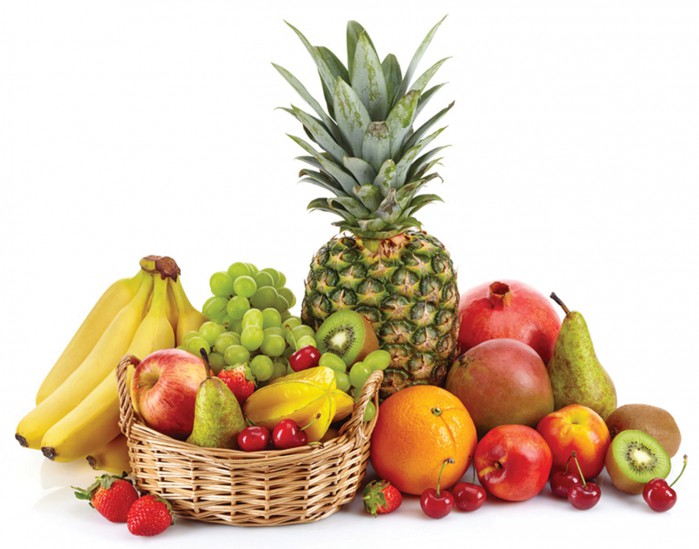Most of know that we should be eating two to three fruit portions per day, but there remains confusion of how to tally up portions, and what exactly counts as a fruit. – BY CHRISTINE PETERS, REGISTERED DIETICIAN
The Department of Health bases its recommendation about fruit and vegetable consumption on a 1990 report from the World Health Organisation (WHO), looking at the amount of fruit and vegetables eaten in regions like Italy and Greece, where high intakes of fruit and vegetables are linked to low rates of chronic disease and some cancers. The WHO thus recommends that 400g of fruit and vegetables should be consumed per day, and to make it easier, health experts have divided that 400g into five 80g portions, two to three of them coming from fruit.
There are several reasons that fruits are so important:
• They’re rich in fibre, important in healthy digestion, and help prevent certain conditions such as constipation and bowel cancer.
• They’re packed with antioxidants that stop free-radicals attacking and damaging our cells, helping prevent health problems like heart disease, strokes and cancer.
• They contain vital vitamins and minerals, like vitamin C, potassium, folate and beta-carotene.
• They’re low in fat and calories, yet fill us up, so they help with appetite and weight control.
WHAT COUNTS AS A PORTION?
Each different fruit contains various combinations of fibre, vitamins, minerals and antioxidants, so to get the best benefit, eat a variety of fruit daily, especially differently coloured fruits. Most fruit-containing foods can count towards your three fruit servings per day, but there is a limit to how many portions they provide, regardless of the amount. For example:
• Fresh fruit: 80g of fresh fruit equals one fruit portion, e.g. 1 medium apple, 3 apricots, 4 heaped tablespoons of blueberries.
• Dried fruit: 30g dried fruit equals one fruit portion, e.g. 2 figs or 1 heaped tablespoon of raisins.
• Tinned fruit: 80g tinned fruit equals one fruit portion, e.g. 2 pear halves or 2 pineapple rings
• Fruit juice: A small glass (150ml) of pure fruit juice counts as one fruit serving, but you can only count one serving of fruit juice towards your three fruit servings per day. This is because unlike fresh fruit, the juicing process squeezes out natural sugar that is normally found between the cells of fruit, which is harmful to your teeth.
WEIGHT-GAIN WORRIES?
Many people make the mistake of thinking fruit is sugar and will cause you to gain weight. The truth is, fruit is made up of various types of sugars, but the main type is fructose, which has a different metabolic pathway and a lower glycaemic (blood sugar) response compared to glucose, which is found in candy and sweet, refined carbs. Fruit also contains fibre, which lowers the glycaemic response even further. Thus if you eat a lot of fruit at one time, the sugar load in the blood can rise unfavourably, but not if you eat one to two portions at a time. The key is to have a variety of fruits and spread them out throughout the day.


